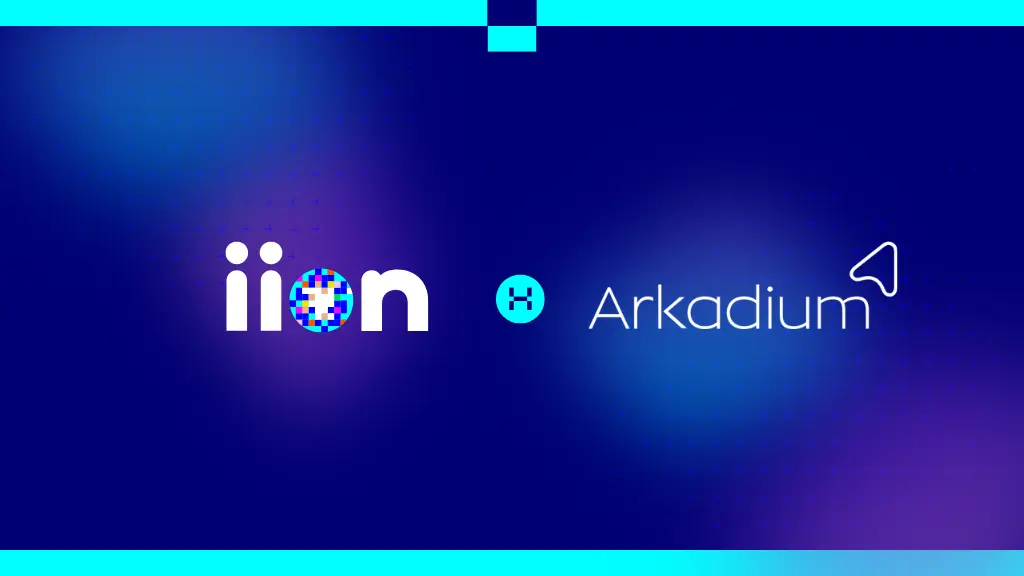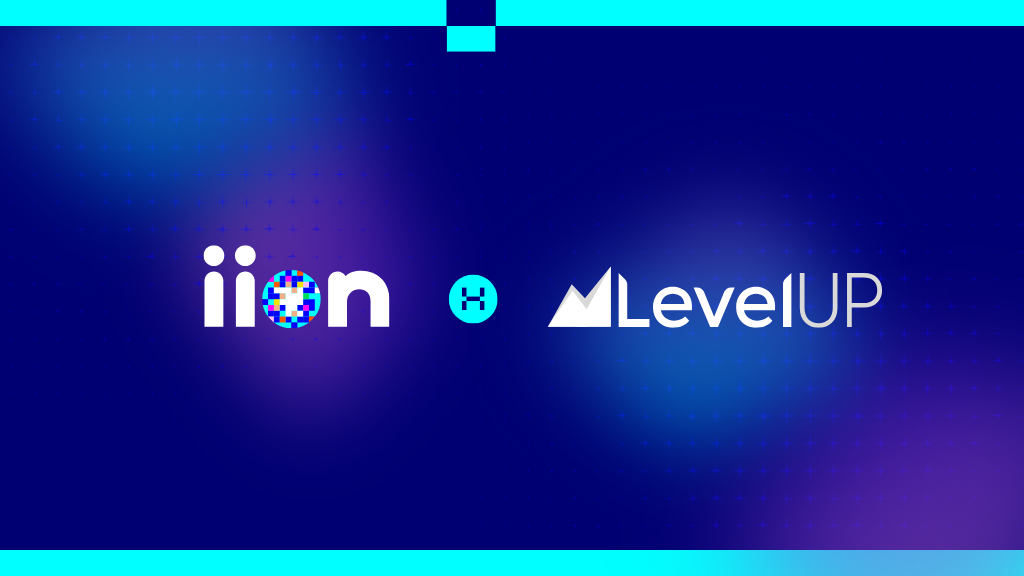AdTech
Types of Digital Display Advertising Formats and Their Importance

Overview
For a long time, brands and advertisers have been looking for the elixir of marketing — a magic potion to reach their audience and drive conversions effectively. But, as you may have guessed, no such potion exists. Be it printed pamphlets to sponsored YouTube videos, advertisers need to experiment with their marketing strategies to find the right blend of channels and ad formats.
In the past, people and brands have connected through physical media, such as TV or magazines. But, as we are in the middle of a digital revolution, where most people have internet access and supportive devices, we are moving towards digital advertising.
In this article, we will explore what digital advertising is, how it is different from traditional advertising, and what the top ad formats are that have witnessed impressive growth.
What Does Digital Advertising Actually Mean?
Any advertising that you see on online channels can be termed digital advertising. Also known as online advertising, digital advertising encompasses social media, streaming, websites, mobile applications, and pretty much any other way a user can connect to or view the internet.
While the world has moved to digital, digital advertising is still considered young by many, especially when compared to traditional advertising models. While digital advertising uses online channels, traditional advertising uses traditional media such as magazines, newspapers, billboards, and pamphlets. But that’s not the only difference between the two modes of advertising.
Digital Advertising vs Traditional Advertising
Traditional Advertising
Even though we are witnessing an unprecedented growth in the number of users going online, it doesn’t necessarily mean traditional advertising is dying. Traditional advertising still holds an essential place in the consumer’s daily life and can be leveraged effectively by brands.
Advantages Of Traditional Advertising
- Highly Impactful: A visually-appealing billboard or a well-crafted television ad can be highly impactful for customer acquisition and retention. Traditional advertising modes are highly memorable, much more than general digital advertisements.
- Longer Life: A newspaper ad, pamphlet, or static billboard has a longer life than digital ads. These help in continuous exposure to the user, aiding conversion.

Disadvantages Of Traditional Advertising
- Difficult To Measure Success: While traditional marketing efforts can be tracked, it still lacks the comprehensive tools offered in digital advertising.
- High Cost And Turnaround Time: Traditional advertising campaigns can be costly to run, especially in premium channels. Moreover, the time taken to complete the advertisement process can be huge, especially for television ads.
Digital Advertising
In this internet age, digital marketing is truly the way to go for most advertisers. The ease of access to the internet, plethora of advertisement options, and huge user base make it an ideal avenue for advertisers to reach their target audience.
Advantages Of Digital Advertising
- Easy Campaign Measurement: With the extensive list of tools available to manage and measure digital advertising campaigns, optimizing campaigns becomes extremely easy.
- A Large Number Of Options: The digital advertising realm is not small by any means. There are many channels where advertisers can connect with users through digital ads, giving them the flexibility to reach their ideal customers.
Disadvantages Of Digital Advertising
- Intrusiveness: Have you ever stumbled upon a webpage with more ads than content? You are not alone. Digital ads can be considered intrusive by users, as they are practically everywhere they go on the internet. This can be counter-productive for advertisers in many cases.
- Temporary In Nature: The average attention span of users online is less than 10 seconds, and digital ads can be temporary in nature for many users. Many of these ads are intangible and often ignored by users scrolling through the content.
Digital Advertising Formats You Cannot Miss
Digital Advertising encompasses all advertising carried out digitally. There are various channels that can be used to advertise businesses, and each channel may offer a different format for the advertisement. These are the top 5 digital advertising formats that are growing extensively:
Native Ads
Native ads have become extremely popular recently as they are considered the least intrusive by users. Native ads are directly blended into the website or application’s interface by matching the content format. The reason why native ads are growing is that they do not feel like traditional advertisements but an add-on to the content. For example, shoe company Allbirds partnered with New York Times, which created a unique and innovative webpage that talked about birds being at risk due to climate change. Native ads are receiving popularity as they do not hamper the user experience and may even improve it in some cases.

While native ads are now growing exponentially, one of the biggest sectors which are employing native ads is gaming. With native in-game ads, brands can use in-game billboard displays, in-game items, and sponsored levels to incorporate themselves into the game. In-game native ads offer brands a unique opportunity by enabling them to blend into the natural gaming environment and reach a large audience without disrupting their gaming experience. On the other hand, these ads offer developers a chance to scale their revenue while offering a better gaming experience to players. You can read more in our feature about native in-game ads.
Display Ads
Display ads have quickly become the most common form of digital advertisement. Any visual advertising you see on a website, blog, or online portal can be grouped under display ads. These ads are generally static or mildly animated GIFs that are presented to users as ads. Display ads also include rich media ad formats, which often include video, audio, or other elements to boost engagement. While display ads have a broad definition, header, footer, sidebar, and in-content ads are considered display ads in programmatic advertising. These ads can be compared to the banner ads generally displayed in newspapers. While the ad format has steadily grown, it has been significantly impacted by the rise of ad blockers as well.
Audio Ads
In the past few years, audio-based platforms have seen unparalleled growth. Audiobooks, podcasts, music apps, radio, and social audio apps have recently garnered millions of users and are steadily growing. As people become comfortable with these mediums through which they can consume audio content, the opportunity to advertise in this space becomes apparent. Fueled by this growth, audio ads have become one of the top digital ad formats in the industry. These ads can be easily integrated into these platforms. However, many users consider audio ads to be intrusive as they often emerge without notice.
Video Ads
Video has become the most common form of content consumed by users in today’s digital era. The rise of short video platforms such as TikTok, YouTube (shorts), and Instagram (Reels) has led to the video boom we are witnessing today. Both publishers and advertisers are now opting for video ads as their preferred mode to reach users. Videos tend to achieve an increased reach and higher CTRs than other advertising modes, making it easier to scale campaigns. Moreover, publishers can also leverage interactive video ads that contain enhanced elements to generate engagement from the viewer. In addition to the growing video ad types, with the boost of increasing internet speeds and smartphone penetration, users can now easily view even heavy video ads on their screens.

Email Marketing
One of the oldest ever-growing digital advertising formats is email marketing. Advertisers can utilize their email lists to build result-oriented quality marketing campaigns. The growth of this format can be attributed to the changing landscape of the relationship between brands and users. With users looking at their emails frequently, brands can opt for marketing campaigns that land right in the user’s inbox for maximum outreach. Moreover, once brands have targeted lists, email marketing offers lucrative ROIs. The growth of email marketing can also be attributed to the growing e-commerce industry, which runs on discounts and offers.

Best Practices For Digital Ads For Publishers
- Be Mobile-Ready: If something is happening online, chances are that it is happening on mobile. While there may be different ways brands can advertise their business, most strategies keep mobile users as a priority. Publishers, too, need to be optimized for mobile to maximize their earning potential. It is good to ensure that all pages are mobile-optimized and ads run properly for mobile users.
- Understand Your Audience: There are chances that a large chunk of your audience may be from a specific location, use a specific device, or tend to visit a specific area in your mobile application or website. Therefore, it is critical to understand how the audience is behaving or emerging from to provide them with the best possible ad experience. For example, if 90% of your users log in through a mobile device, then desktop ads may not play a pivotal role in your digital strategy.
Switch Types To Remove Monotony: Users do not like to view too many ads as it hampers their user experience on your platform. However, even if you keep the frequency in check, make sure you are mixing your ad offers to remove the monotony faced by users
Conclusion
Digital advertising has come a long way, with various ad formats available to publishers and advertisers alike. As publishers look to increase their revenue through ads, they must understand that not all top ad formats will work for them. Publishers should understand their audience well enough to implement the best ad formats that not only increase their revenue but also provide a good user experience.
With myriad options available, it might be confusing for some publishers to choose between them. With iion's next-gen monetization tools, publishers can easily increase their revenue. We offer a variety of ad formats to help publishers provide a non-intrusive user experience while supplementing their revenue. With easy deployment and various publisher solutions, iion is the ideal platform for publishers to leverage the top digital ad formats for their audience.
Interested in increasing your revenue? Connect With Us Today!
FAQs
- What Is Digital Advertising?
Digital advertising includes all advertising you see on online channels, such as blogs, websites, mobile applications, streaming websites, and forums. - What is Traditional Advertising?
Traditional advertising includes physical media, such as newspapers, magazines, televisions, static billboards, and pamphlets. - Which is better — digital advertising or traditional advertising?
Both digital and traditional advertising have proven to work exceptionally well, and it may depend on the advertiser’s requirements. While traditional advertising has a longer life with a higher impact, it is difficult to measure its impact. On the other hand, digital advertising offers various tools to measure campaigns but may be considered intrusive by many. - What are the different formats of digital ads?
There are different digital advertising formats, including audio, video, native, social media, email, SEM, and display.























